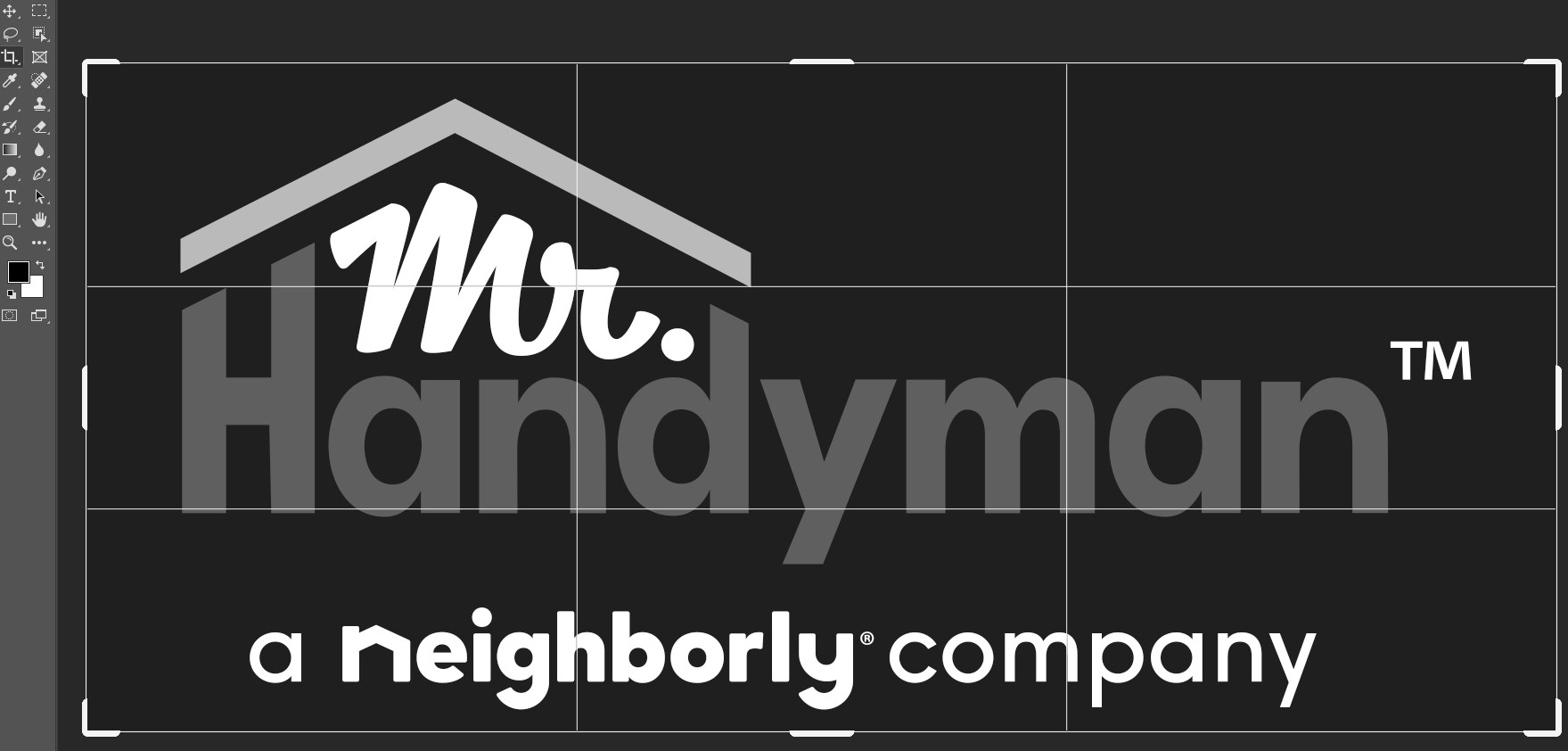The Art of Custom Embroidery: From Design to Stitch
Custom embroidery is more than just a craft; it's an art form that weaves creativity, precision, and technology into every stitch. From personalizing garments and accessories to branding corporate merchandise, custom embroidery is a versatile medium for self-expression and promotion. In this blog post, we'll take you on a journey through the captivating world of custom embroidery, from the initial design concept to the final, meticulously crafted stitch.
Embroidery Begins with a Vision
Every custom embroidery project starts with a vision. Whether it's a company logo, a personal monogram, an intricate design, or a complex pattern, the initial concept sets the stage for the entire embroidery process. Before any thread is woven, this vision must be transformed into a digital format that can be interpreted by embroidery machines.
The Crucial Role of Digitizing
At the heart of custom embroidery lies digitizing. Digitizing is the process of translating visual design elements into a language that embroidery machines understand. A digitizer, using specialized software, creates a digital embroidery file that contains information about stitch types, directions, densities, and colors. Each element in the design, from outlines to fill areas, is meticulously mapped out. This conversion is pivotal because it determines how the final embroidery will appear. A well-digitized design is the difference between an amateurish result and a professional-looking masterpiece.
Creating the Embroidery File
Creating the embroidery file involves several key steps:
Design Analysis: The digitizer carefully examines the design, considering factors such as stitch types, color changes, and the type of fabric to be used.
Setting Parameters: Parameters like stitch length, density, underlay, and pull compensation are determined for each element in the design.
Stitch Mapping: Using specialized software, the digitizer maps out the stitches for each part of the design, ensuring they follow the desired path and sequence.
Color Assignment: Colors are assigned to different elements in the design, guiding the embroidery machine during production.
Quality Control: The digitized file undergoes meticulous quality control to ensure it will produce the desired result.
The Role of an Expert Digitizer
While basic digitizing can be performed using software, complex and high-quality designs require the expertise of a skilled digitizer. A professional digitizer comprehends the nuances of different fabrics, the capabilities of various embroidery machines, and how to optimize the design for the best results. Their trained eye ensures that every element in the design is translated accurately and beautifully.
From Digital to Fabric: The Production Stage
Once the digitized embroidery file is perfected, it's ready for production. The embroidery machine reads the file and interprets the instructions, guiding the needles and threads to create the final embroidered piece. The result is a beautiful, durable, and precisely crafted embroidery that breathes life into your initial vision.
Unleashing Your Creativity
Custom embroidery allows you to unleash your creativity, whether you're personalizing your clothing, branding your business, or creating unique gifts. Understanding the intricate process of digitizing gives you a deeper appreciation for the artistry and technology that make custom embroidery possible.
In Conclusion
From concept to stitch, the process of
digitizing for custom embroidery is a blend of art, technology, and
craftsmanship. It transforms your vision into a tangible work of art, one
stitch at a time. The next time you admire an embroidered logo on a polo shirt
or a personalized monogram on a
towel, you'll have a greater understanding of the intricate journey it took to
bring that design to life. Custom embroidery is more than a craft; it's an art
that breathes life into your imagination.



